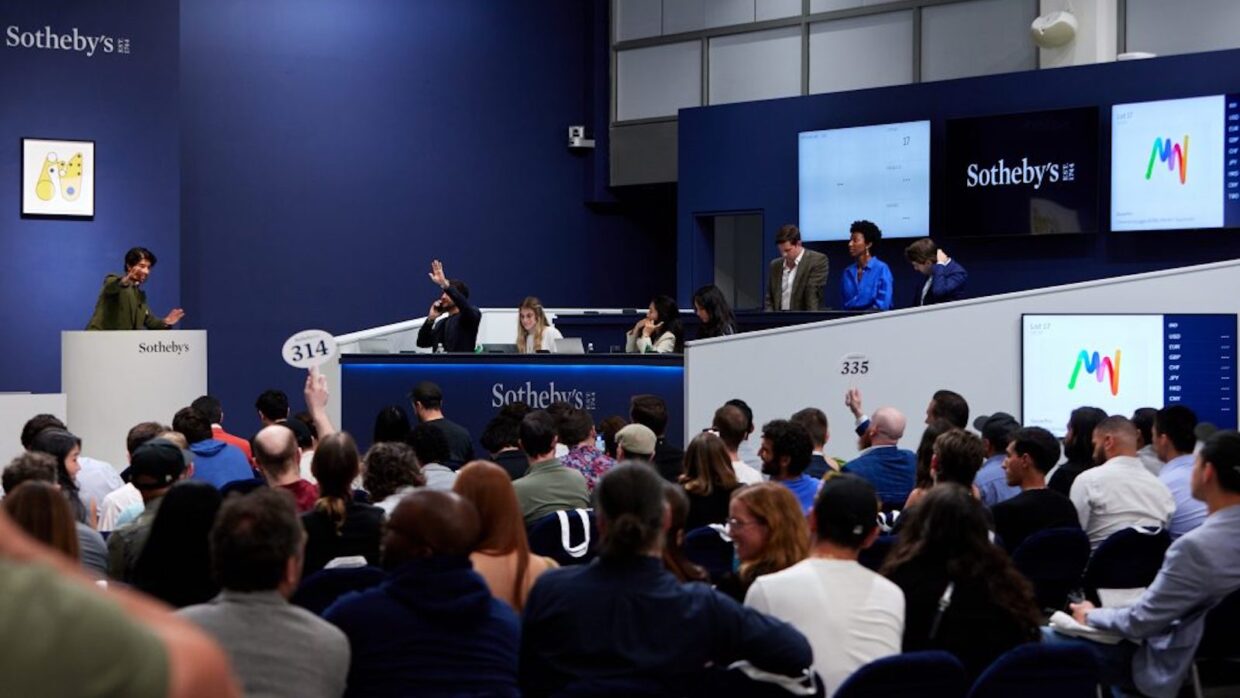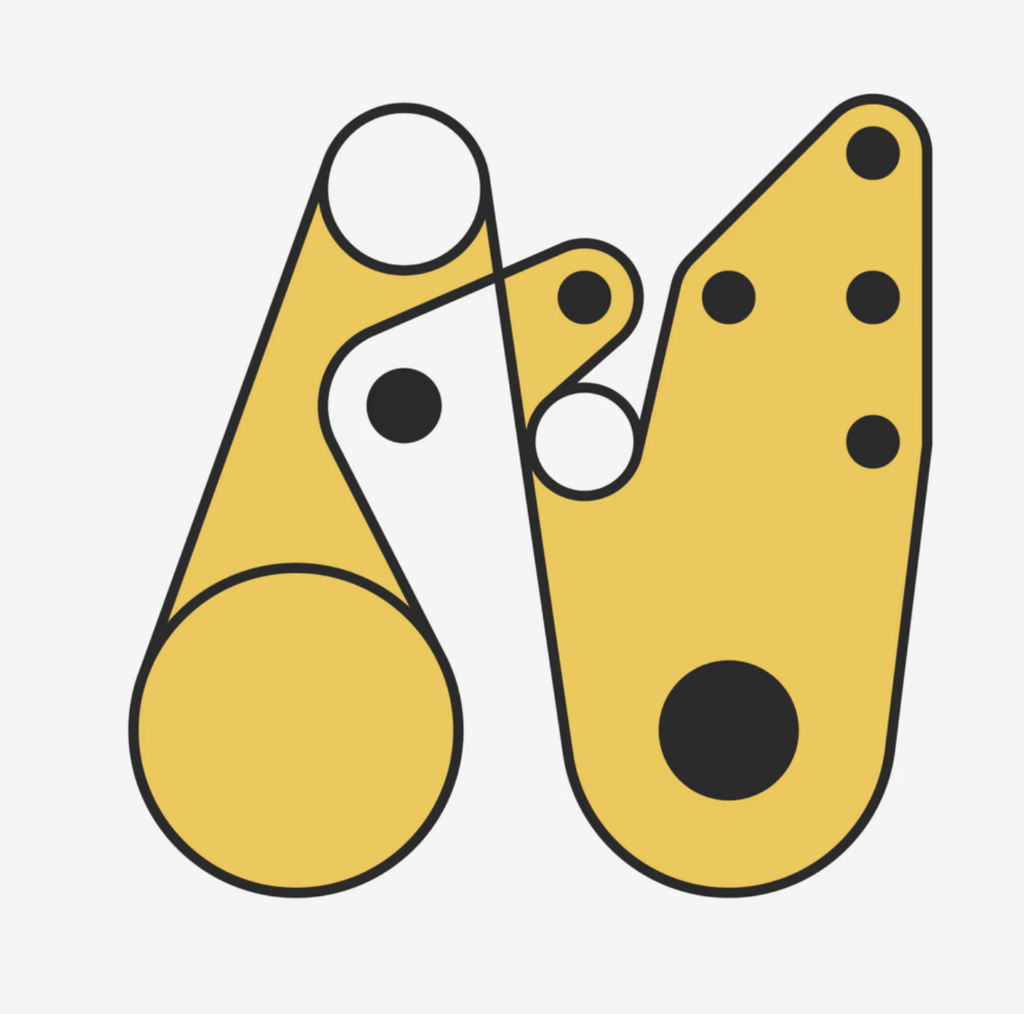Has “crypto winter” finally given way to a “hot NFT summer”? The recent success of Sotheby’s “Grails Part II” sale suggests that might be the case.
This auction, featuring a collection of Non-Fungible Tokens (NFTs) from the defunct crypto hedge fund, Three Arrows Capital, saw all 37 NFTs surpass their high estimates, bringing in just under $11 million. This takes the series total to an impressive $17 million, a figure that Sotheby’s couldn’t help but celebrate on Twitter.
The auction house’s foray into the NFT space seems to be resonating with a younger, more tech-savvy demographic. Over half of the buyers were under 40, and 61% were new to Sotheby’s. Michael Bouhanna, Sotheby’s head of digital art, believes that the sale demonstrates how high-quality works continue to captivate serious collectors, with many NFTs setting new benchmarks since the market peak in 2021.
However, it’s important to note that this success doesn’t necessarily reflect the entire market. Three Arrows Capital was a selective collector, and the generative NFTs at Sotheby’s are those believed to be rare and likely to hold value by those with crypto to burn.
The auction’s results were significantly influenced by Dmitri Cherniak’s “Ringers #879,” which sold for $6.2 million after 10 minutes of intense phone bidding. This piece is now the second most expensive work of generative art, following “Ringers #109.” The buyer, known only as Punk 6529, will also receive a signed print by the artist.
Cherniak’s work, one of 1,000 experiments with the infinite ways a string might move around pegs, holds a special place within the digital art community. The algorithm has miraculously created a work resembling a goose, a feat that has not been replicated in the other three “Ringers” sold, which fetched a combined total of less than $500,000.
Punk 6529, in a statement following their acquisition, expressed awe at the unpredictability of the algorithm. “Once the algorithm is committed to the blockchain, nobody knows what outputs it will produce. The Goose represents this more clearly than any generative NFT. We could have run the Ringers mint thousands of times without producing anything like it again.”
Other notable sales included two of Tyler Hobbs’ “Fidenza” works and one of Snofro’s technicolored squiggles, “Chromie Squiggle #1780,” which sold for $635,000, more than triple its high estimate.
Sotheby’s has confirmed that more auctions featuring works from Three Arrows Capital’s collection will take place throughout the summer, indicating that the interest in and market for digital art and NFTs shows no signs of slowing down.
For those skeptical of digital art, these developments may serve as a testament to the growing acceptance and value of this new form of artistic expression. Despite the revenue crash of 2022 and extended “crypto winter,” the rise of NFTs and digital art appears not to be just a fleeting trend, but a significant shift in the art world that is attracting a new generation of collectors and potentially reshaping the market for years to come.






